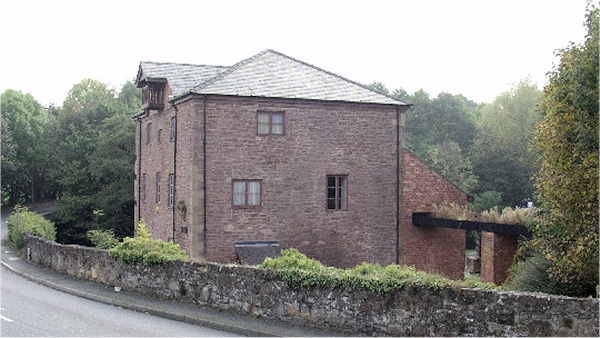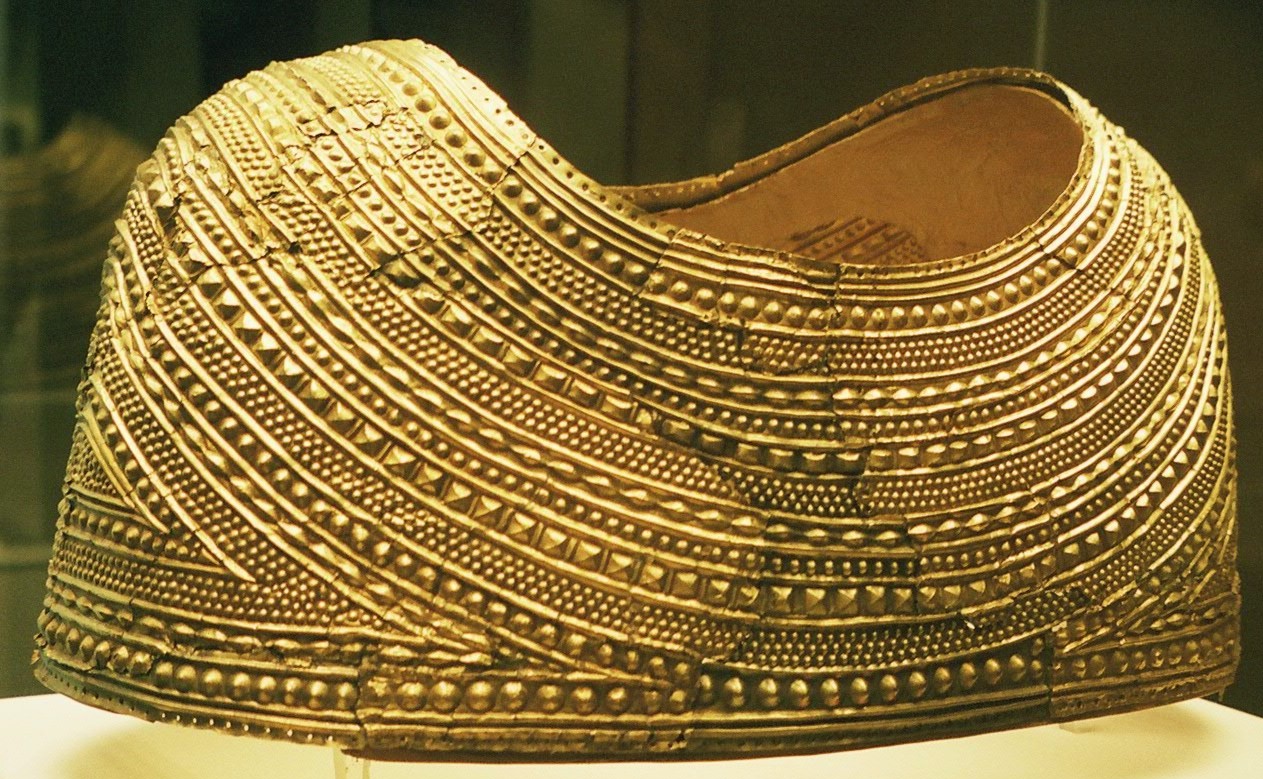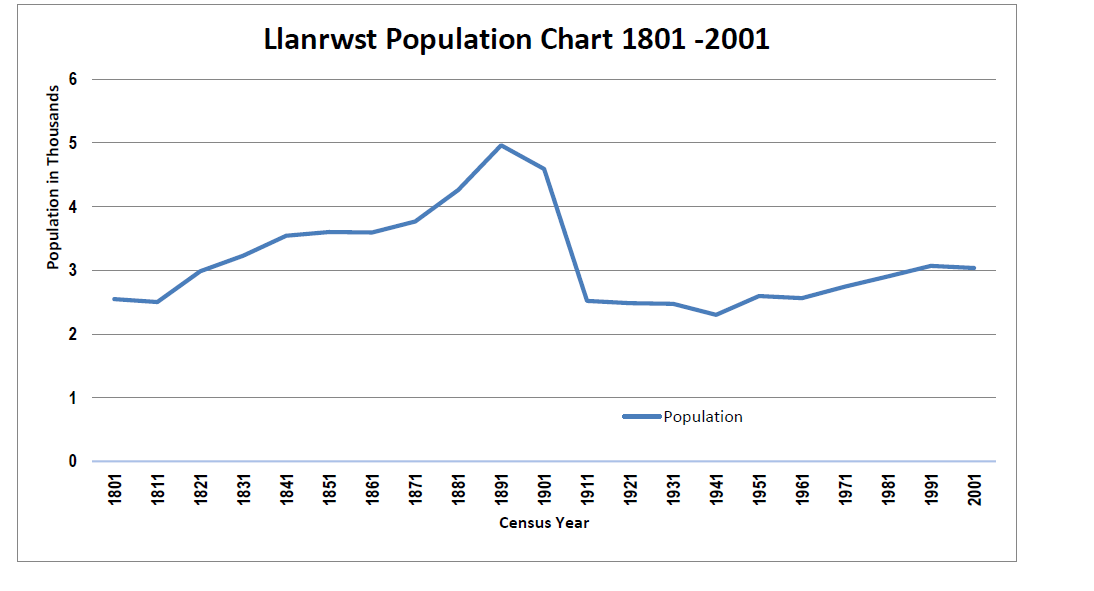|
The North And South Wales Bank
The North and South Wales Bank (also known as the Wales Bank) was formed in Liverpool in 1836 and was originally located in premises in James Street, Liverpool. Shares prospectus A prospectus was issued offering shares of £20, with £10 paid up, and calling attention to the needs of: “extensive and important mining, manufacturing and agricultural districts comprised within the proposed sphere of operations" The prospectus went on to state that: "proprietors of collieries, mining and smelting works are reduced to the necessity of doing most of their banking business out of the district, and in some instances, of submitting to the inconvenience of being their own bankers!” Vision The bank envisaged a branch system that would extend throughout Wales, despite the challenges concerning transport and communication, as there were no railways in Wales at this time. Provisional committee and deputations A provisional committee of Liverpool merchants, manufacturers and bu ... [...More Info...] [...Related Items...] OR: [Wikipedia] [Google] [Baidu] |
Private Company
A privately held company (or simply a private company) is a company whose shares and related rights or obligations are not offered for public subscription or publicly negotiated in the respective listed markets, but rather the company's stock is offered, owned, traded, exchanged privately, or Over-the-counter (finance), over-the-counter. In the case of a closed corporation, there are a relatively small number of shareholders or company members. Related terms are closely-held corporation, unquoted company, and unlisted company. Though less visible than their public company, publicly traded counterparts, private companies have major importance in the world's economy. In 2008, the 441 list of largest private non-governmental companies by revenue, largest private companies in the United States accounted for ($1.8 trillion) in revenues and employed 6.2 million people, according to ''Forbes''. In 2005, using a substantially smaller pool size (22.7%) for comparison, the 339 companies on ... [...More Info...] [...Related Items...] OR: [Wikipedia] [Google] [Baidu] |
Welshpool
Welshpool ( cy, Y Trallwng) is a market town and community in Powys, Wales, historically in the county of Montgomeryshire. The town is from the Wales–England border and low-lying on the River Severn; its Welsh language name ''Y Trallwng'' means "the marshy or sinking land". The community includes Cloddiau and Pool Quay. In English it was initially known as Pool but its name was changed to Welshpool in 1835 to distinguish it from the English town of Poole. The community had a population of 6,664 (as of the 2011 United Kingdom census A census of the population of the United Kingdom is taken every ten years. The 2011 census was held in all countries of the UK on 27 March 2011. It was the first UK census which could be completed online via the Internet. The Office for Nationa ...), with the town having 5,948. It contains much Georgian architecture and is just north of Powis Castle. History St Cynfelin is reputed to be the founder of two churches in the town, St Mary's a ... [...More Info...] [...Related Items...] OR: [Wikipedia] [Google] [Baidu] |
Rhyl
Rhyl (; cy, Y Rhyl, ) is a seaside town and community (Wales), community in Denbighshire, Wales. The town lies within the Historic counties of Wales, historic boundaries of Flintshire (historic), Flintshire, on the north-east coast of Wales at the mouth of the River Clwyd (Welsh language, Welsh: ''Afon Clwyd''). To the west is Kinmel Bay and Towyn, to the east Prestatyn, and to the southeast Rhuddlan and St Asaph. At the United Kingdom Census 2011, 2011 Census, Rhyl had a population of 25,149, with Rhyl–Kinmel Bay having 31,229. Rhyl forms a conurbation with Prestatyn and its two outlying villages, the Rhyl/Prestatyn Built-up area, whose 2011 population of 46,267 makes it north Wales's most populous non-city (the city of Wrexham's being greater). Rhyl was once an elegant Victorian era, Victorian resort town but suffered rapid decline around the 1990s and 2000s but has since been improved by major regeneration around and in the town. Etymology Early documents refer to a dwel ... [...More Info...] [...Related Items...] OR: [Wikipedia] [Google] [Baidu] |
Wetherspoons
J D Wetherspoon plc (branded variously as Wetherspoon or Wetherspoons, and colloquially known as Spoons) is a pub company operating in the United Kingdom and Ireland. The company was founded in 1979 by Tim Martin and is based in Watford. It operates the sub-brand of Lloyds No.1 bars, and around 50 Wetherspoon hotels. Wetherspoon is known for converting unconventional premises, such as former cinemas and banks, into pubs. The company is publicly listed on the London Stock Exchange and is a constituent of the FTSE 250 Index. History Tim Martin opened his first pub in 1979 in Colney Hatch Lane in Muswell Hill, London. Many of the other early Wetherspoon pubs were also in the western part of Haringey. The name of the business originates from JD, a character in ''The Dukes of Hazzard'', and Wetherspoon, the surname of one of Martin's teachers in New Zealand, who had told him that he would not amount to anything. During the 1990s, Wetherspoons began a policy of routinely closi ... [...More Info...] [...Related Items...] OR: [Wikipedia] [Google] [Baidu] |
Bank Y Llong
Bank y Llong (Ship Bank) (officially known as the and Cardiganshire Bank) was a Welsh bank. It got its name from an engraving of a ship decorating its bank notes (Llong means "ship" in the Welsh language). It was probably the first bank in Aberystwyth and was founded soon after the removal of the Custom House from Aberdyfi to Aberystwyth, around 1762. Establishment and partnership agreement On 1 June 1806 an agreement was entered into whereby John Jones, a London-Welsh surgeon and apothecary, of Gracechurch Street, London and Derry Ormond, Ceredigion, Thomas Morgan, an Aberystwyth solicitor and David Davies, of Machynlleth later of Aberystwyth, then of Castle Green House, Cardigan, entered into partnership to carry on for 14 years a banking business under the name Jones, Morgan & Davies.Early Banks in West Wales, by Francis Green (in West Wales Historical Records, The Annual Magazine of The Historical Society of West Wales, Volume VI, edited by Francis Green, Printed by W. ... [...More Info...] [...Related Items...] OR: [Wikipedia] [Google] [Baidu] |
Aberystwyth
Aberystwyth () is a university and seaside town as well as a community in Ceredigion, Wales. Located in the historic county of Cardiganshire, means "the mouth of the Ystwyth". Aberystwyth University has been a major educational location in Wales since the establishment of University College Wales in 1872. The town is situated on Cardigan Bay on the west coast of Wales, near the confluence of the River Ystwyth and Afon Rheidol. Following the reconstruction of the harbour, the Ystwyth skirts the town. The Rheidol passes through the town. The seafront, with a pier, stretches from Constitution Hill at the north end of the Promenade to the harbour at the south. The beach is divided by the castle. The town is divided into five areas: Aberystwyth Town; Llanbadarn Fawr; Waunfawr; Llanbadarn; Trefechan; and the most populous, Penparcau. In 2011 the population of the town was 13,040. This rises to nearly 19,000 for the larger conurbation of Aberystwyth and Llanbadarn Fawr. Th ... [...More Info...] [...Related Items...] OR: [Wikipedia] [Google] [Baidu] |
Midland Bank
Midland Bank Plc was one of the Big Four banking groups in the United Kingdom for most of the 20th century. It is now part of HSBC. The bank was founded as the Birmingham and Midland Bank in Union Street, Birmingham, England in August 1836. It expanded in the Midlands, absorbing many local banks, and merged with the Central Bank of London Ltd. in 1891, becoming the London City and Midland Bank. After a period of nationwide expansion, including the acquisition of many smaller banks, the name Midland Bank Ltd was adopted in 1923. By 1934, it was the largest deposit bank in the world. It was listed on the London Stock Exchange, and was once a constituent of the FTSE 100 Index, but in June 1992, it was taken over by HSBC Holdings plc, which phased out the Midland Bank name by June 1999 in favour of HSBC Bank. On 10 June 2015, HSBC announced that it would be rebranding its branches in the United Kingdom. HSBC chairman Douglas Flint described the Midland brand as "odds on favour ... [...More Info...] [...Related Items...] OR: [Wikipedia] [Google] [Baidu] |
Wrexham
Wrexham ( ; cy, Wrecsam; ) is a city and the administrative centre of Wrexham County Borough in Wales. It is located between the Welsh mountains and the lower Dee Valley, near the border with Cheshire in England. Historically in the county of Denbighshire, and later the county of Clwyd in 1974, it has been the principal settlement of Wrexham County Borough since 1996. Wrexham has historically been one of the primary settlements of Wales. At the 2011 Census, it had an urban population of 61,603 as part of the wider Wrexham built-up area which made it Wales's fourth largest urban conurbation and the largest in north Wales. The city comprises the local government communities of Acton, Caia Park, Offa and Rhosddu. Wrexham's built-up area extends further into villages like Bradley, Brymbo, Brynteg, Gwersyllt, New Broughton, Pentre Broughton and Rhostyllen. Wrexham was likely founded prior to the 11th century and developed in the Middle Ages as a regional centre for t ... [...More Info...] [...Related Items...] OR: [Wikipedia] [Google] [Baidu] |
Mold, Flintshire
Mold ( cy, Yr Wyddgrug) is a town and community in Flintshire, Wales, on the River Alyn. It is the county town and administrative seat of Flintshire County Council, as it was of Clwyd from 1974 to 1996. According to the 2011 UK Census, it had a population of 10,058. A 2019 estimate puts it at 10,123. Origin of the name The original Welsh-language place name, ''Yr Wyddgrug'' was recorded as ''Gythe Gruc'' in a document of 1280–1281, and means "The Mound of the Tomb/Sepulchre". The name "Mold" originates from the Norman-French ''mont-hault'' ("high hill"). The name was originally applied to the site of Mold Castle in connection with its builder Robert de Montalt, an Anglo-Norman lord. It is recorded as ''Mohald'' in a document of 1254. History A mile west of the town is Maes Garmon, ("The Field of Germanus"), the traditional site of the "Alleluia Victory" by a force of Romano-Britons led by Germanus of Auxerre against the invading Picts and Scots, which occurred shortly af ... [...More Info...] [...Related Items...] OR: [Wikipedia] [Google] [Baidu] |
Chester
Chester is a cathedral city and the county town of Cheshire, England. It is located on the River Dee, close to the English–Welsh border. With a population of 79,645 in 2011,"2011 Census results: People and Population Profile: Chester Locality"; downloaded froCheshire West and Chester: Population Profiles, 17 May 2019 it is the most populous settlement of Cheshire West and Chester (a unitary authority which had a population of 329,608 in 2011) and serves as its administrative headquarters. It is also the historic county town of Cheshire and the second-largest settlement in Cheshire after Warrington. Chester was founded in 79 AD as a "castrum" or Roman fort with the name Deva Victrix during the reign of Emperor Vespasian. One of the main army camps in Roman Britain, Deva later became a major civilian settlement. In 689, King Æthelred of Mercia founded the Minster Church of West Mercia, which later became Chester's first cathedral, and the Angles extended and strengthene ... [...More Info...] [...Related Items...] OR: [Wikipedia] [Google] [Baidu] |
Caernarfon
Caernarfon (; ) is a royal town, community and port in Gwynedd, Wales, with a population of 9,852 (with Caeathro). It lies along the A487 road, on the eastern shore of the Menai Strait, opposite the Isle of Anglesey. The city of Bangor is to the north-east, while Snowdonia fringes Caernarfon to the east and south-east. Carnarvon and Caernarvon are Anglicised spellings that were superseded in 1926 and 1974 respectively. Abundant natural resources in and around the Menai Strait enabled human habitation in prehistoric Britain. The Ordovices, a Celtic tribe, lived in the region during the period known as Roman Britain. The Roman fort Segontium was established around AD 80 to subjugate the Ordovices during the Roman conquest of Britain. The Romans occupied the region until the end of Roman rule in Britain in 382, after which Caernarfon became part of the Kingdom of Gwynedd. In the late 11th century, William the Conqueror ordered the construction of a motte-and-bailey cas ... [...More Info...] [...Related Items...] OR: [Wikipedia] [Google] [Baidu] |
Llanrwst
Llanrwst ('church or parish of Saint Grwst'; ) is a market town and community on the A470 road and the River Conwy, in Conwy County Borough, Wales, and the historic county of Denbighshire. It developed round the wool trade and became known also for the making of harps and clocks. Today, less than a mile from the edge of Snowdonia, its main pursuit is tourism. Notable buildings include almshouses, two 17th-century chapels, and the Parish Church of St Grwst, which holds a stone coffin of Llywelyn the Great. The 2011 census gave it a population of 3,323. History The site of the original church dedicated to St Grwst was Cae Llan in Llanrwst (land now occupied by the Seion Methodist Chapel). The current church of St Grwst is on land which was donated in about 1170 by Rhun ap Nefydd Hardd, a member of the royal family of the Kingdom of Gwynedd, specifically to build a new church so dedicated. Llanrwst developed around the wool trade, and for a long time the price of wool for the ... [...More Info...] [...Related Items...] OR: [Wikipedia] [Google] [Baidu] |









